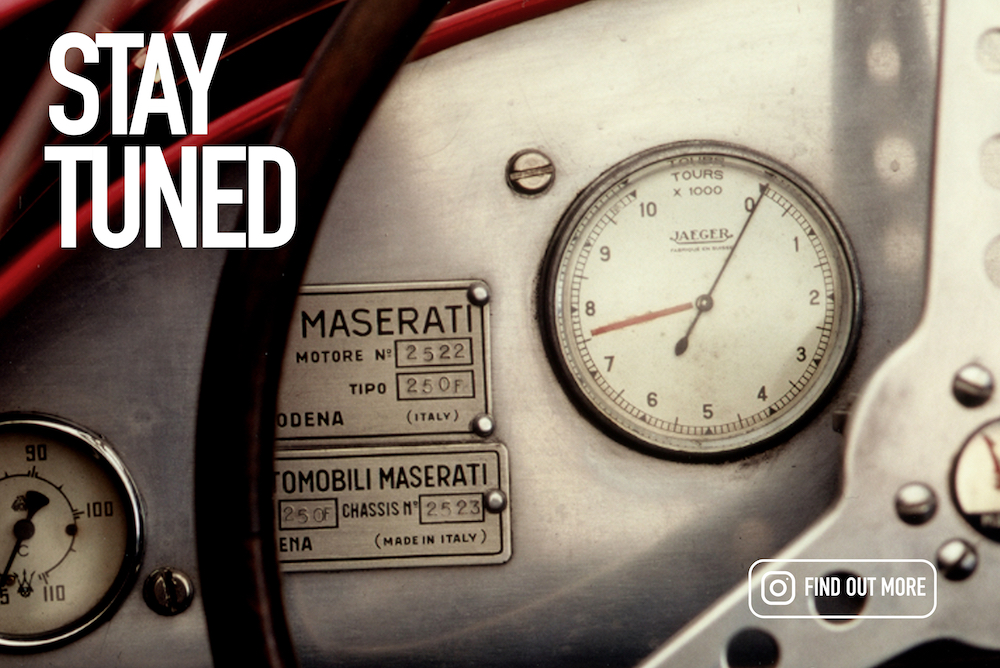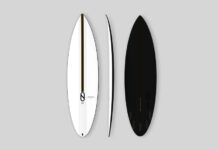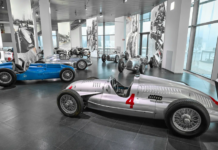Porsche views direct air capture (DAC) as an important new technology, which is on the threshold of mass production: by extracting large quantities of carbon dioxide (CO₂) from the atmosphere in an environmentally friendly manner, this technology can play a significant role in combating climate change.
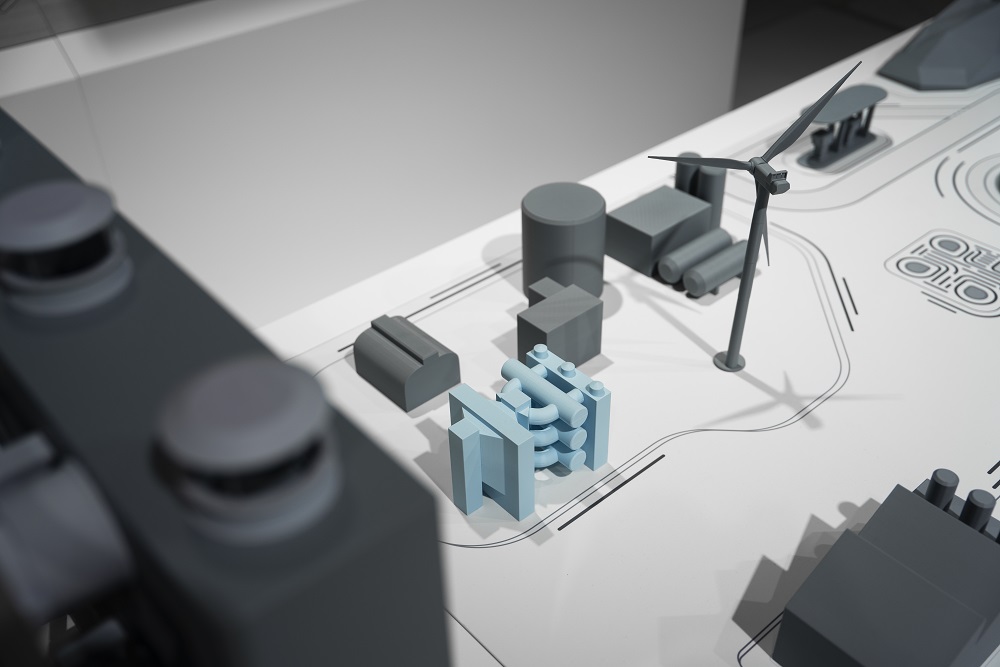
Together with Volkswagen Group Innovation, the eFuels company HIF Global and MAN Energy Solutions, the sports car manufacturer is looking into integrating a DAC facility into the eFuels pilot plant in Chile. The facility could be used to extract, from the air, the CO₂ required for eFuels production at the Haru Oni pilot plant. At the IAA summit in the Munich Trade Fair Centre (Hall B2, Volkswagen Group stand), project planners will show how DAC fits with Porsche’s strategy and will set out in detail how the facility could work.
“To slow global warming, it is essential to reduce emissions and remove CO₂ from the atmosphere,” says Michael Steiner, Member of the Executive Board for Research and Development at Porsche AG. “At the same time, we need CO₂ as a raw material in many production processes. Why not combine the two? We’re working on that. We want to put an industrial direct air capture, or DAC, procedure into series production. Together with the experienced team at Volkswagen Group Innovation, our established eFuels partner HIF Global, and MAN Energy Solutions, we are examining the integration of a DAC pilot plant at the eFuels plant in Chile. We regard DAC as a viable technology for the future because it can be used to extract the carbon molecules required for the production of many products in a sustainable manner. So, we are working on bringing the technology to a higher degree of maturity.”
“In our view, DAC is an important new technology for the future – for energy extraction and particularly for the climate,” adds Barbara Frenkel, Executive Board Member for Procurement at Porsche. “Pure CO₂ can be used for industrial processes or permanently stored in the ground. It can also be used to produce eFuels – which we are planning to do as a first step. These eFuels are a useful complement to e-mobility, as there will still be many ICE vehicles on the road around the world for decades to come.”
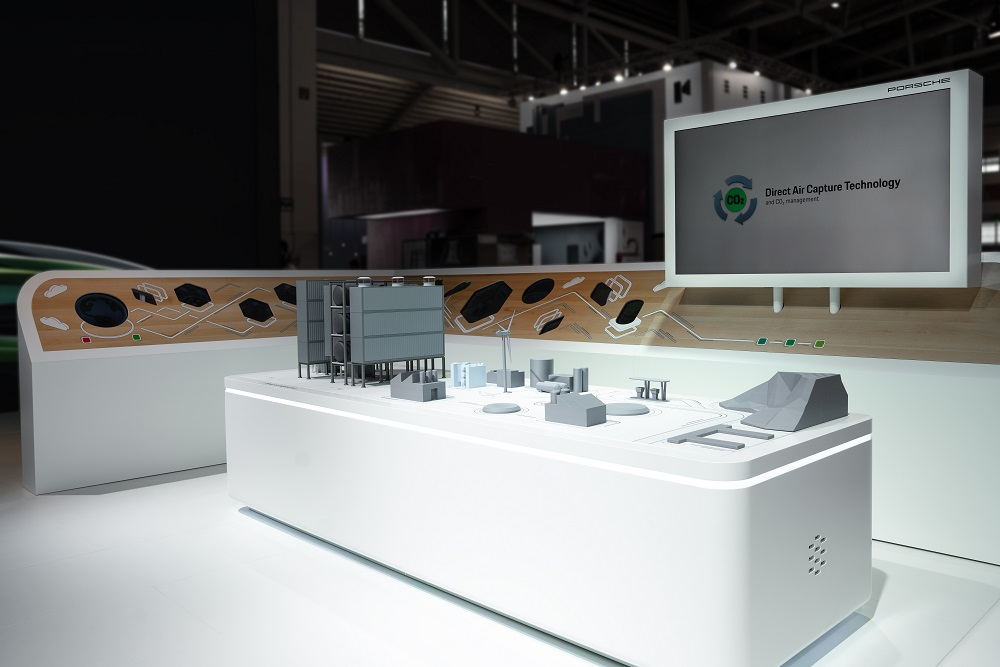
One major advantage of DAC technology is that CO₂ can be extracted anywhere that there is renewable energy available to operate it. The technology is also scalable. The electricity for the filter system at the Haru Oni eFuels pilot plant could be generated using wind energy, so it would come from a renewable source. The required heat could be provided through the hydrogen generation process in the eFuels plant.
Porsche is drawing on the expertise of its partners, Volkswagen Group Innovation, HIF Global and MAN Energy Solutions. “The Volkswagen Group identified extracting CO₂ from the atmosphere as an issue for the future back in 2019,” says Nikolai Ardey, Director of Volkswagen Group Innovation. “Since then, we have extensively studied the concept with regard to suitable technologies and economic viability with international partners in the research and industrial sectors. Our research has found that scalable and commercially competitive direct-air-capture technology is possible. Together with Porsche and other partners, we now want to build a prototype plant and test the concept as a whole. We are already looking forward to the prospect of implementing this future-facing project in Chile.”
“We are not waiting for solutions to come to us. We are finding them ourselves and moving forward,” says César Norton, President and CEO of HIF Global. “We have proven that carbon-neutral eFuels can be a real solution for decarbonising the transport sector. In pioneering direct-air-capture technology, that enables efficient and low-cost CO₂ capture, we are taking things a step further. We are delighted to be working with Porsche to operate this technology – the future of CO₂ recycling – in the future at our plant in Chile and, in this way, make an active and timely contribution to fighting climate change.”
How direct-air-capture (DAC) technology works
To extract CO₂ from the atmosphere, the ambient air is first cleansed of large dirt particles and directed through a pebble-like filter material. The CO₂ deposited there is then extracted from the material and collected in a highly purified form for later use as a raw material. Water, a potential by-product, is drained off.
This CO₂ extracted from the atmosphere can be used in a variety of different ways as part of a circular economy. In the future, it could be used as a raw material in the production of non-fossil-based plastics. This stores the CO₂ long-term. It can also be used to produce fully synthetic fuels, also known as eFuels. Porsche and HIF Global are studying whether and how DAC-extracted CO₂ can be used at the Haru Oni eFuels plant in Punta Arenas, Chile, where CO₂ is combined with hydrogen to form methanol. This is then made into synthetic fuel. Until now, the CO₂ for Haru Oni has been taken from a biogenic source. As an alternative to the production of non-fossil products (CCU, or Carbon Capture and Utilisation), the CO₂ can be permanently removed from the atmosphere and stored long-term (CCS, or Carbon Capture and Storage).

The Haru Oni eFuel pilot plant is a potential consumer of DAC-CO₂:
In December 2022, eFuels company HIF Global, in which Porsche holds an interest, started industrial production of synthetic fuels at the Haru Oni pilot plant in Punta Arenas, Chile. Synthetic fuels enable potentially almost carbon-neutral operation of ICE vehicles. This is the case when it is manufactured from wind energy, renewable generated CO₂ and hydrogen extracted from water.
In the plant’s pilot phase, eFuels production of around up to 130,000 litres per year is planned. Initially the fuel is to be used in what are known as’ lighthouse projects’, such as in the Porsche Mobil 1 Supercup and at Porsche Experience Centers. Plans envision the construction of large plants near the pilot facility in Chile that would increase the production of eFuels over time.
The south of Chile offers ideal conditions for the production of eFuels, with significant levels of wind blowing for around 270 days a year and enabling wind turbines to operate at full capacity. Punta Arenas is also located close to the Strait of Magellan. From there, the synthetic eFuels can be transported just like traditional fuels using existing infrastructure.
Synthetic fuels can reasonably complement electromobility. Porsche has already invested over 100 million USD in the development and production of eFuels. Of that, 75 million USD went to acquiring an interest in HIF Global LLC in April 2022. The company plans, builds and operates eFuels plants in Chile, Uruguay, the US and Australia.
find more supercars here…
